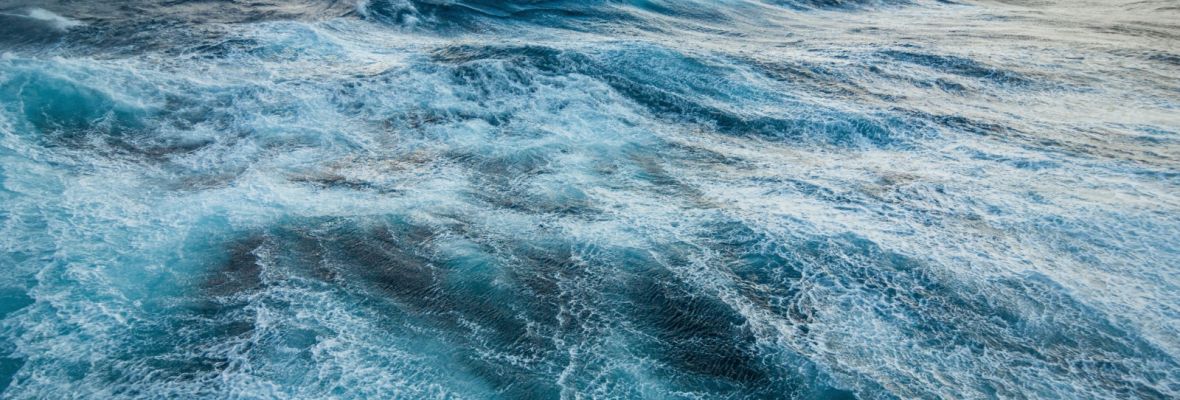Exciting changes are on the way!
As part of our merger with Polar Latitudes, we’re refreshing key elements of our website to reflect this new chapter. Discover more in our latest news update.
How to Survive the Roughest and Wildest Stretch of Ocean in the World
The Drake Passage, the final stretch of water between South America and Antarctica, can be extremely rough. In fact, the strongest recorded ocean current in the world flows through this part of the ocean – 40 knots (46 mph) at its peak! That’s why it’s so important to know how to survive the Drake Passage before you embark on your Antarctic cruise vacation. Here are some tips to help you conquer the wildest stretch of sea on Earth.
What is all this fuss about the Drake
The Drake passage is known for its waves, in fact the waves can be up to 60 feet tall! In addition to these massive swells, it is also home to some incredible winds and ocean currents. Even though it’s a very remote part of our world, there are still thousands of people who make their way through it every year. Cruises to Antarctica are generally smaller in number, but a rising fleet of expedition ships let more and more people experience these distant waters.
A brief history of Drakes Passage
The Drake Passage is named after the English pirate Sir Francis Drake, who sailed along it in 1578. Historically it was considered one of the most dangerous stretches of water due to its strong winds. The currents that meet no resistance, are spurred on by high winds and multiple oceans converge on them to create the sometimes rocky waters. Although Antarctica was first sighted by an explorer as early as 1620, it wasn’t regularly visited until 1820 when sealing and whaling ships began hunting in the area.
Preparing for Drakes Passage
Managing the Drake these days is a lot easier than in the past! With modern ships and technology, there are more ways to power through the swell! Stabilizers are a major part of the modern cruise ships arsenal, and simply some ships are better equipped to handle the rough waters such as our state-of-the-art ships Ocean Victory and Ocean Albatros. With their unique X-bow design, they can cut through waves with ease. We also have an array of items on board should we be hit by bad weather, including sea-sickness medication and bands for each passenger’s use if needed. As well as a modern medical facility and doctor. In addition to all of that, we have an experienced team on board who are trained to help you get through any situation you may face at sea!
Once on the Drake - day 1
Getting through your first day isn't as hard as it seems:
- If feeling queasy the best thing to do is rest.
- The rocking motion will settle down after a while, but if you're still feeling sick then try eating something small like dry crackers or toast (if you can keep them down).
- You could also try ginger tea which helps with nausea.
- Ginger also helps with sea sickness so if you buy some ginger tablets they will be useful for future trips on rough seas.
- Reduce alcohol and caffeine, keep fluids up and rest, rest, rest.
- Fresh air is the greatest cure of all, and with some of the freshest air on the planet, the chill will awaken your spirit.
Crossing the Drake Passage is now more of a rite of passage, and known as the way to earn your sea stripes. You can now follow in the footsteps of the great explorers in the comfort of our expedition vessels.
Remember though, like any ocean it can also be completely calm and flat, we are sometimes lucky to experience the so-called, "Drake-Lake"!
So what are you worried about?!



